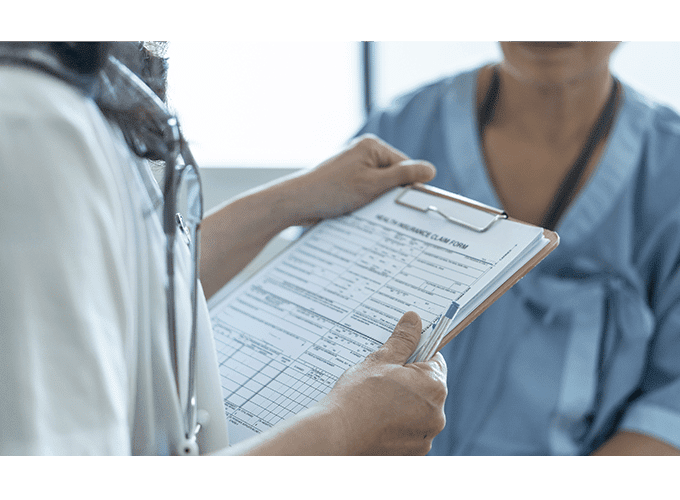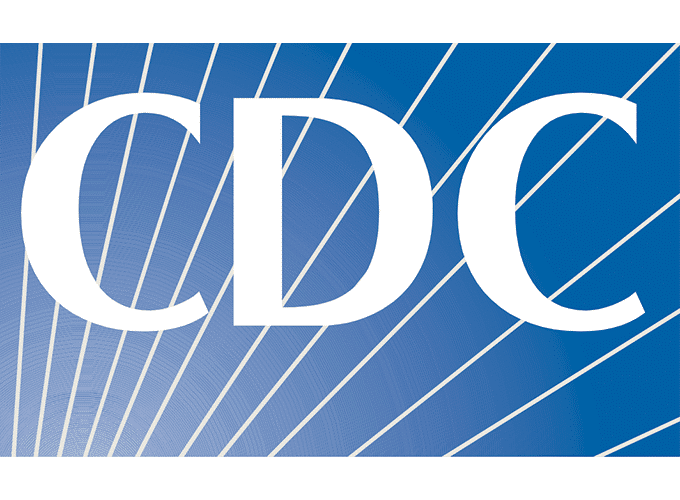
Share Your Expertise at the NCCHC Spring Conference on Correctional Health Care
Help shape the future of correctional health care.
Home Defensive Documentation for Nurses
 Dec 19, 2022
Dec 19, 2022An old proverb states, “The best defense is a good offense.” While no one is quite sure who said it first (was it George Washington talking about war? Michael Jordan talking about basketball?) it could have been Florence Nightingale talking about nursing documentation.
Defensive documentation is defined as “documentation that’s undertaken with the sensitivity that individuals on the outside may be reviewing the records looking for fault at a later date.” Especially in the litigious world of correctional health care, documentation that is accurate, thorough, timely, and complete not only proves that safe, quality care was provided to a patient, it also protects the nurse.
The main purpose of the medical record is to record patient care. At any time, a health care provider should be able to look in a patient’s medical record and know exactly what the plan of care is for the patient. The medical record also serves as the main communication tool among members of the health care team.
Nurses are legally bound to document patient care in the medical record, and the medical record itself serves as a legal document. Additionally, many state nurse practice acts include language requiring nurses to document. For example, the Wisconsin Nurse Practice Act states that a nurse may be disciplined for “failing to observe the condition, signs, and symptoms of a patient, record them, or report significant changes to the appropriate person,” and the American Nurses Association “Scope and Standards of Practice” lists the duty to document in every standard of practice.
The medical record itself is a very persuasive witness. Nursing documentation within the record should leave no unanswered questions that a plaintiff’s attorneys could use to construct their own version of events. Such questions might come up if there are long gaps on the record, a lack of supporting documentation when an order is changed, multiple addendums, or incomplete information.
A Brief History
A brief review of the history of nursing documentation sheds light on how the concept of defensive documentation developed.
Each of those steps produced more complex documentation standards, which resulted in more opportunities for gaps in documentation to occur and, ultimately, more opportunities for plaintiffs’ attorneys to find fault in patient care.
Examples of poor documentation include not charting follow up of nursing interventions, not reviewing dictated documentation before signing it, including the wrong date and/or time, not documenting significant changes in the patient’s condition, adding multiple addenda (which can be perceived as an attempt to cover something up), including unprofessional comments in the chart, arguing among providers (including nursing) regarding the plan of care, pointing out another nurse’s mistake in the chart, and deleting another nurse’s charting.
Many tools exist to assist nurses when documenting patient care. One tool especially suited for defensive documentation is the acronym FACT, which stands for Factual, Accurate, Complete, and Timely.
F Is for Factual. When documenting, record only information and behavior you observe. Avoid value judgments, bias, labels, and subjective opinions. Examples to avoid: patient is malingering, faking, abusive, violent, appears confused, does not look good. Additional examples of words that will not hold up in court are demanding, grumpy, noncompliant, always, never, uncontrolled, good, bad. Instead, stick to what you see, hear, smell, and feel. For example, pointed a finger at me, unresponsive to sternal rub, cheeks sunken, skin pale. If a mistake is made, state the facts, the actions taken, and the provider you notified. Be sure to document the provider’s name. A legal case can take five to seven years to go to court, and you may not remember the name of the provider you spoke with.
A Is for Accurate. Be as precise as possible. Use numbers to quantify your findings. Document only the care you provided. For example, if a CNA measured vital signs for the nurse, only the CNA can chart the vital signs. Never delegate documentation. Documentation is a nursing task that can never be delegated. Always review your documentation for errors before signing it.
C Is for Complete. Nursing documentation must reflect the entire nursing process. Several situations if left undocumented may leave the nurse open to a liability claim in court. Be sure to document any condition changes and the name of the provider contacted. Document patient responses to any intervention you initiated, especially if the response is unusual, unexpected, or undesired. Continue to document your follow-up interventions in these cases until the patient is stable. Document chain of command use; this will not absolve you from patient responsibility, but can be used to prove you followed the facility policy and procedure when needing to escalate a concern up the chain of command. Document all communication with the patient and/or family. More intense documentation is needed when a patient’s condition suddenly declines, a patient injury occurs, a medication error occurs, equipment fails, or the nurse is unable to contact a provider.
T Is for Timely. Always attempt to document care at the time it is rendered. If this is not possible, label the documentation as a late entry. An entry is considered a late entry if it is made after your shift is complete and you have left for the day.
Final Thoughts
Documentation is a big responsibility. The weight given to a medical record in legal proceedings is massive, and documentation errors will greatly influence the outcome of legal proceedings in favor of the plaintiff. Medical records are always presumed to be accurate unless evidence is provided to prove the record has been tampered with or altered.
So document carefully, and be proud of it. Nursing documentation continues to solidify the profession as a highly regarded, critically important one.
In closing, I’d like to quote an unnamed nursing instructor who often said, “Dance like no one is watching. Chart like it may one day be read in a deposition.”
Nicole Walker, MSN, RN, CCHP-A, is a nursing instructor at Bryant and Stratton College and Concordia University in Wisconsin and also works as a registered nurse with Advanced Correctional Healthcare.


